Australia is home to various birds, from nectar-loving honeyeaters to colourful parrots. Planting native plants in your garden is a great way to attract these species. They provide birds with food, shelter, and nesting sites. Nectar-rich plants, like Grevilleas and Bottlebrush, attract honeyeaters. These include the New Holland Honeyeater and the Eastern Spinebill. Seeds from Banksias and Acacias attract seed-eating birds. This includes parrots like the Crimson Rosella and King Parrot.
Beyond food, the dense foliage of native shrubs and trees shelters birds. It provides safe nesting areas from predators and harsh weather. Also, native plants are adapted to Australia’s unique climate and soil. They are low-maintenance and drought-tolerant. They need little watering and care. This reduces the need for harmful fertilisers and pesticides. This low-maintenance nature will give you confidence and ease in your gardening efforts.
By planting natives, you will attract many birds. You will also help preserve Australia’s ecosystems. This sense of responsibility and empowerment will make your gardening experience more meaningful. Let’s look at five exceptional native plants for your garden and the stunning birds they attract.
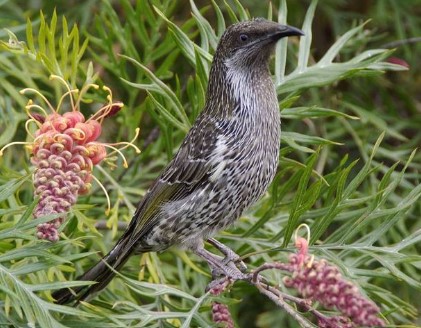
Grevillea - A Magnet for Nectar-Loving Birds
Grevilleas have striking, spidery flowers that bloom in red, yellow, orange, and pink. They are a visual delight. But, they can be frost-sensitive and may need protection in colder climates. These shrubs can grow in various sizes, from ground covers to large ones. They are versatile for any garden.
Birds Attracted:
Honeyeaters: The nectar-rich flowers are beautiful for nectar-feeding birds, including Holland and White-plumed Honeyeaters and Eastern Spinebills.
Lorikeets: Rainbow and Musk Lorikeets often feed on the nectar of Grevillea.
Wattlebirds: Red and Little Wattlebirds often visit Grevilleas. They feed on the nectar and insects in the flowers.
Why It’s Great for Birds: Grevilleas have nectar all year. Their dense foliage shelters and nests small birds. The plant’s flowers also attract insects, providing food for insectivorous birds.
Grow Kangaroo Paw for a Bird-Friendly Garden
The Kangaroo Paw is an iconic Australian plant. Its unique tubular flowers resemble a kangaroo’s paw. These plants have various colours: red, green, yellow, and off-white. They are especially attractive in garden beds and pots.
Birds Attracted:
-
Honeyeaters: Birds like the Western and Eastern Spinebill often visit Kangaroo Paw. They sip nectar from the long, tubular flowers.
-
Wattlebirds: The nectar-filled blooms attract the Red and Little Wattlebirds.
-
Small Parrots: Sometimes, smaller parrots, like the Musk Lorikeet, will look for nectar in the flowers.
Why It’s Great for Birds: Kangaroo Paw flowers are tubular. They are perfect for long-billed nectar feeders. The plants are tough and drought-tolerant. They need little care and suit bird-friendly gardens.
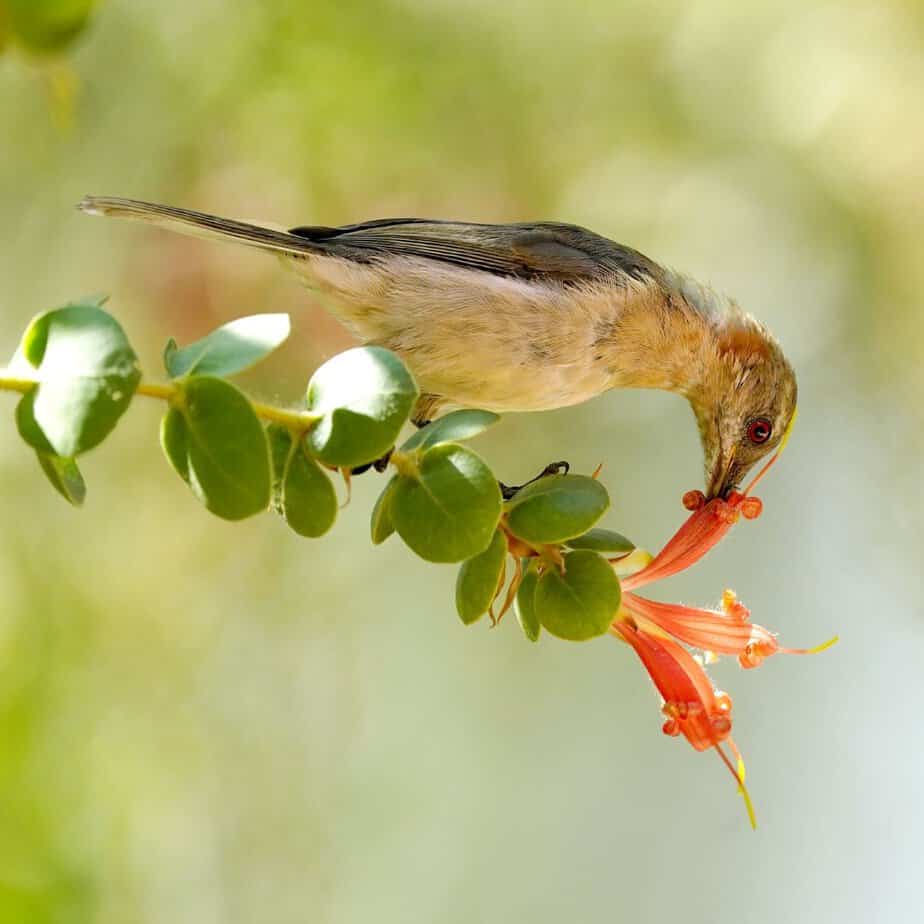
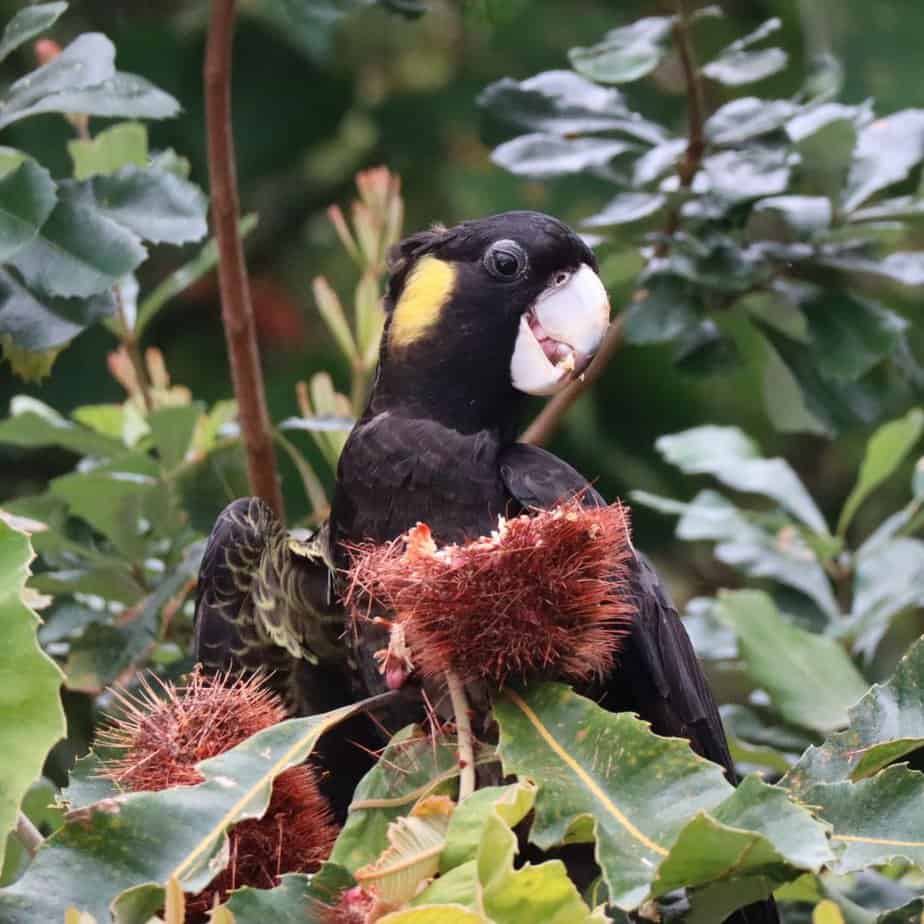
Banksia: A Year-Round Food Source for Parrots and Honeyeaters
Banksias are another iconic Australian native plant, recognised for their cylindrical, often spiky flower heads. They range from ground covers to large trees and are known for their ability to thrive in poor soils, making them an excellent choice for a wide range of garden types.
Birds Attracted:
- Honeyeaters: Species like the Red Wattlebird, New Holland Honeyeater, and White-cheeked Honeyeater flock to Banksia flowers to feast on nectar.
- Parrots: Larger parrots, including Rainbow Lorikeets and King Parrots, are often drawn to the Banksia’s woody cones, where they can extract seeds.
- Black Cockatoos: Black cockatoos, such as the Yellow-tailed Black Cockatoo, are known to feed on Banksia seeds.
Why It’s Great for Birds: Banksias provide nectar throughout the year, offering an important food source for many bird species, especially in winter when other food sources are scarce. Seed cones are also a favourite for seed-eating birds, making them multi-purpose plants that attract diverse species all year round.
Bottlebrush: A Nectar Haven for Birds
Bottlebrushes are one of the most recognisable Australian natives. They produce vibrant cylindrical flowers that resemble a bottlebrush, with colours ranging from red to pink and occasionally yellow or white. Bottlebrushes are hardy, drought-tolerant, and grow well in most parts of Australia.
Birds Attracted:
- Honeyeaters: The nectar-filled flowers are magnets for Honeyeaters like the Noisy Miner, Red Wattlebird, and New Holland Honeyeater.
- Lorikeets: Rainbow and Scaly-breasted Lorikeets are often spotted feeding on the nectar from Callistemon flowers.
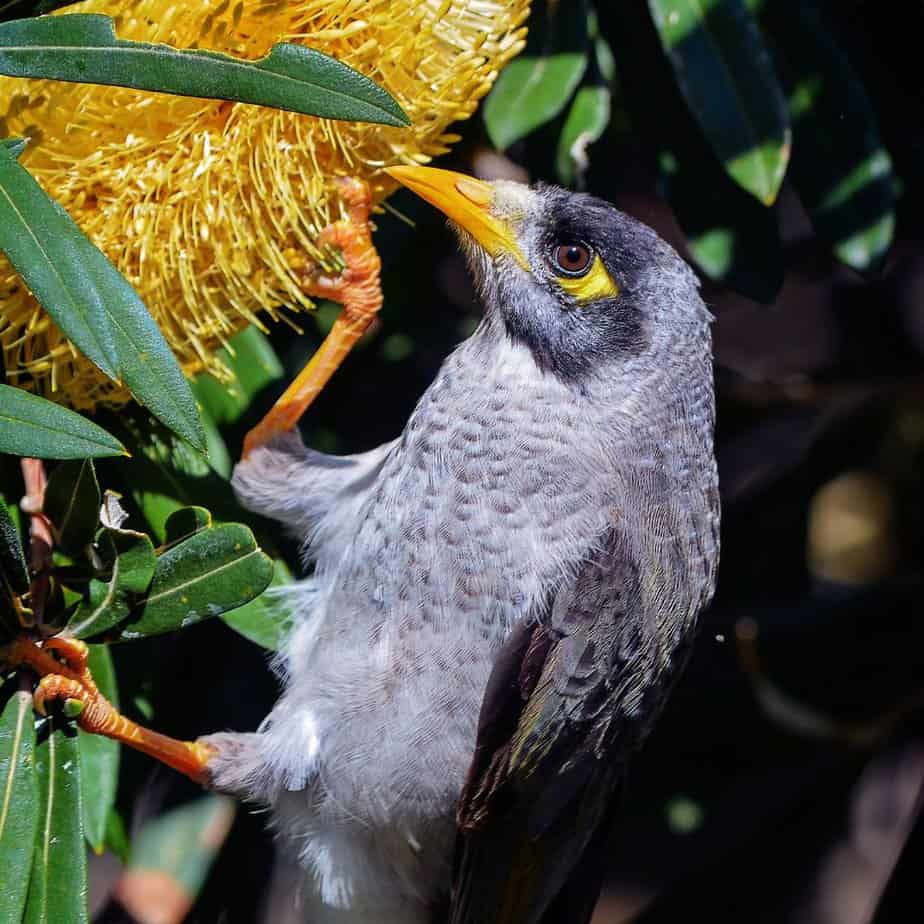
- Finches and Wrens: Smaller seed-eating birds like Finches and Fairy Wrens can sometimes be seen in the denser foliage, looking for insects or building nests.
Why It’s Great for Birds: When in bloom, bottlebrushes provide abundant nectar and attract various birds. The shrub’s dense structure also offers smaller birds excellent shelter and nesting opportunities.
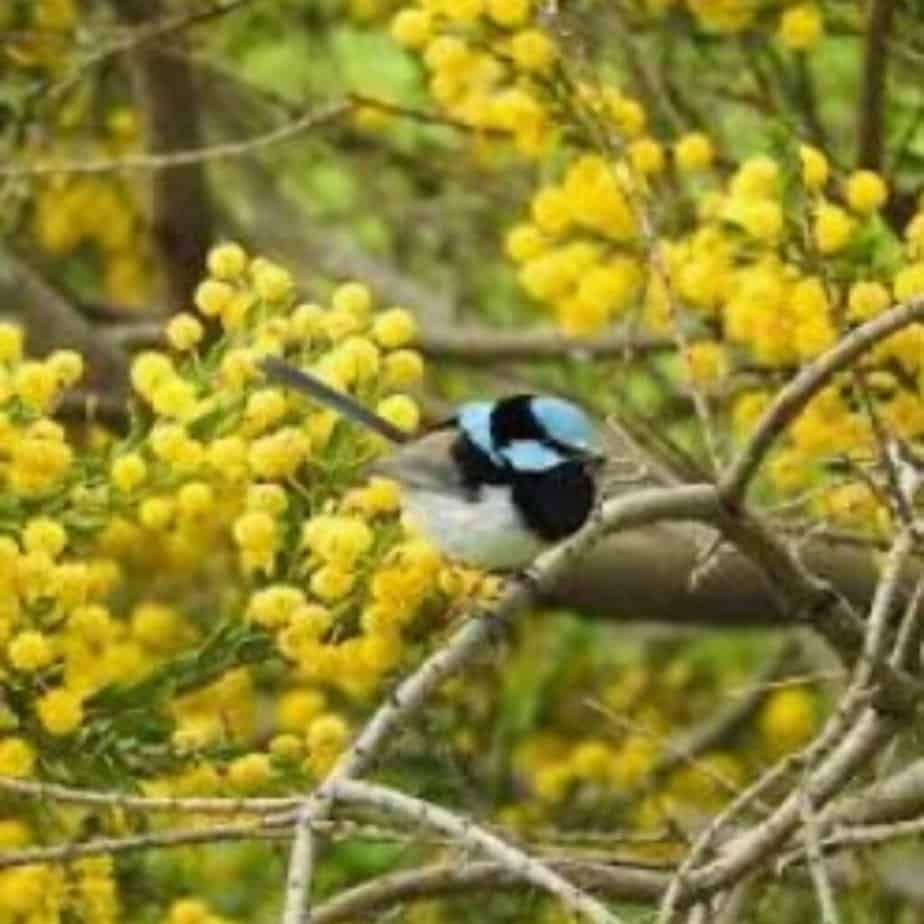
Acacia: A Seed-Rich Feast for Parrots and Finches
The Acacia, known as Wattle, is Australia’s national floral emblem. These versatile plants produce beautiful, bright yellow flowers that often appear in fluffy clusters.
Acacias range in size from small shrubs to large trees. They are known for fixing nitrogen in the soil, which benefits the environment.
Birds Attracted:
Parrots: Many species of parrots, such as the Crimson Rosella, Galah, and Eastern Rosella, are attracted to the seeds produced by Acacia pods.
Finches and Wrens: Seed-eating birds like the Zebra Finch and Superb Fairy-Wren are also drawn to Acacia shrubs.
Honeyeaters: Some honeyeaters will also visit Acacia trees, especially when the flowers attract insects.
Why It’s Great for Birds: Acacias provide both food and shelter for many birds. The seeds are beautiful to parrots, while the dense foliage protects small birds. The flowers attract insects, a valuable food source for insectivorous birds.
Incorporating these five native Australian plants into your garden does more than enhance its beauty—it transforms your space into a haven for diverse birdlife. Plants like Grevillea, Kangaroo Paw, Banksia, Bottlebrush, and Acacia are visually striking, easy to maintain, and vital resources for local bird species.
Grevilleas and Kangaroo Paws provide nectar that attracts Honeyeaters and Lorikeets, while Banksias and Acacias offer seeds for parrots and finches. These plants create a year-round food supply and shelter, ensuring your garden stays vibrant with bird activity and supporting nectar feeders and seed-eaters.
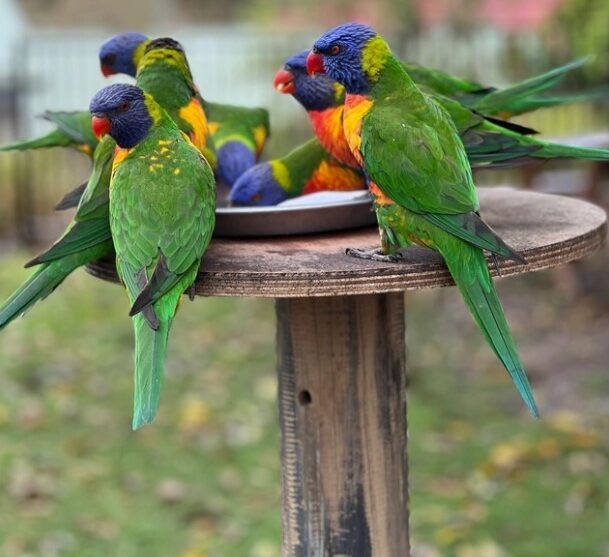
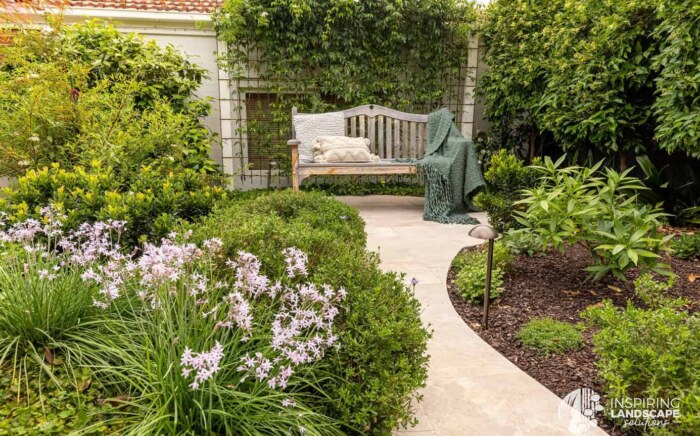
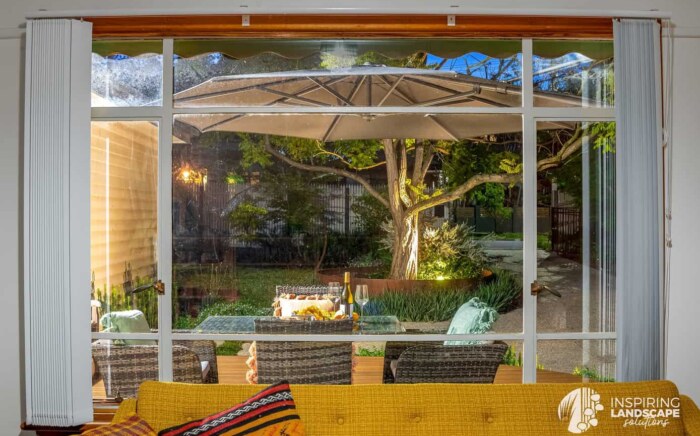
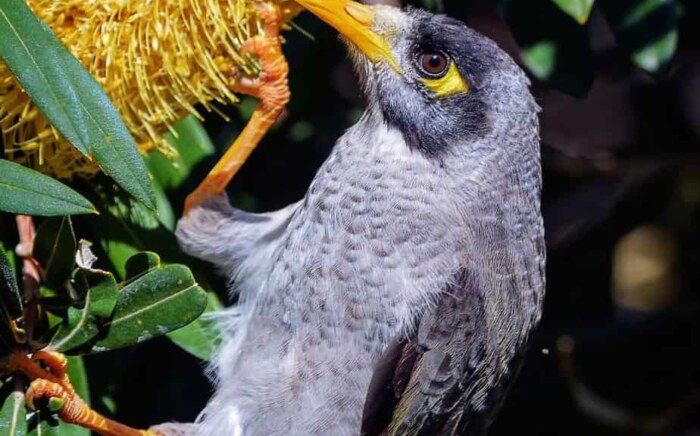
Leave a Comment